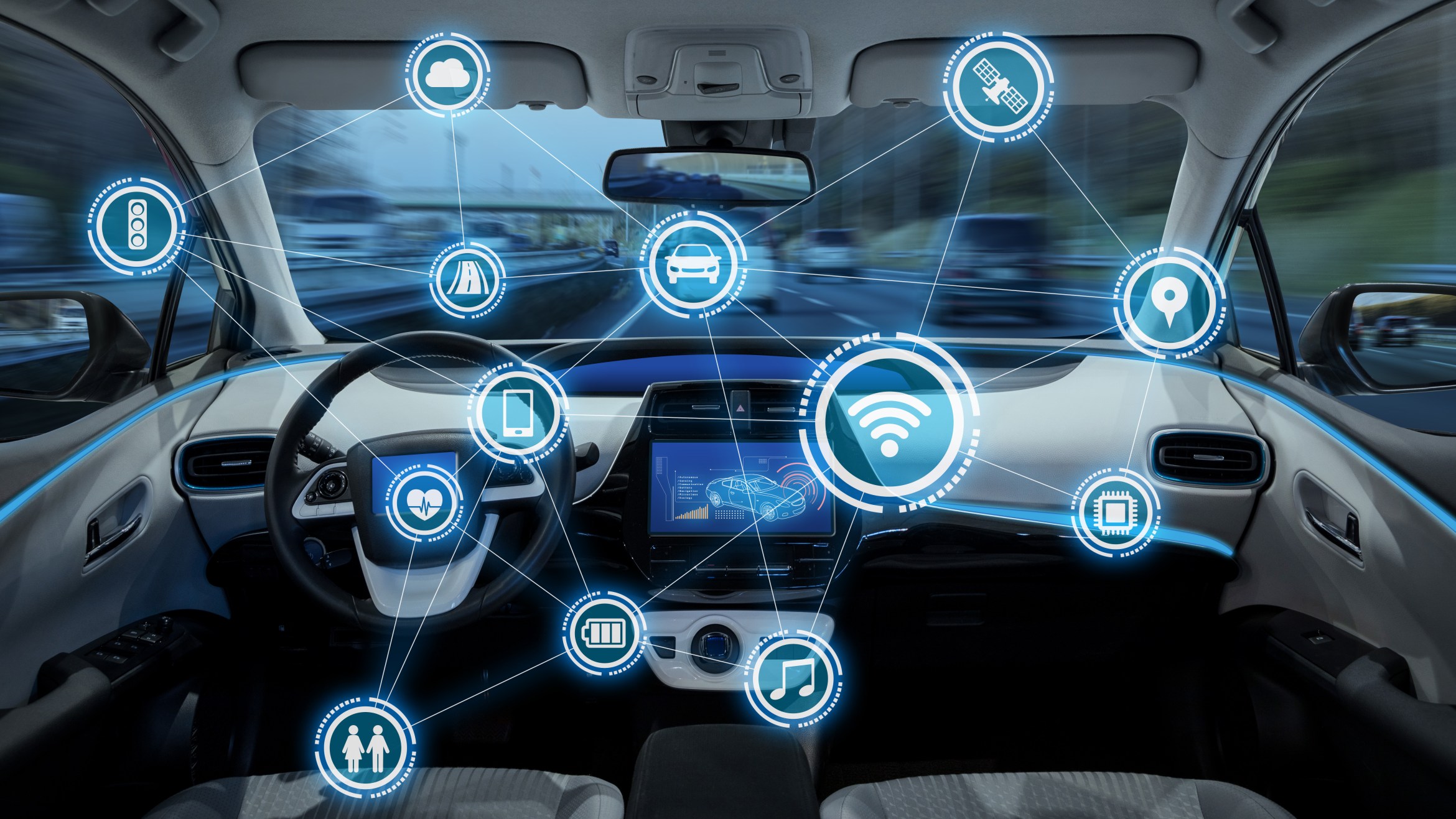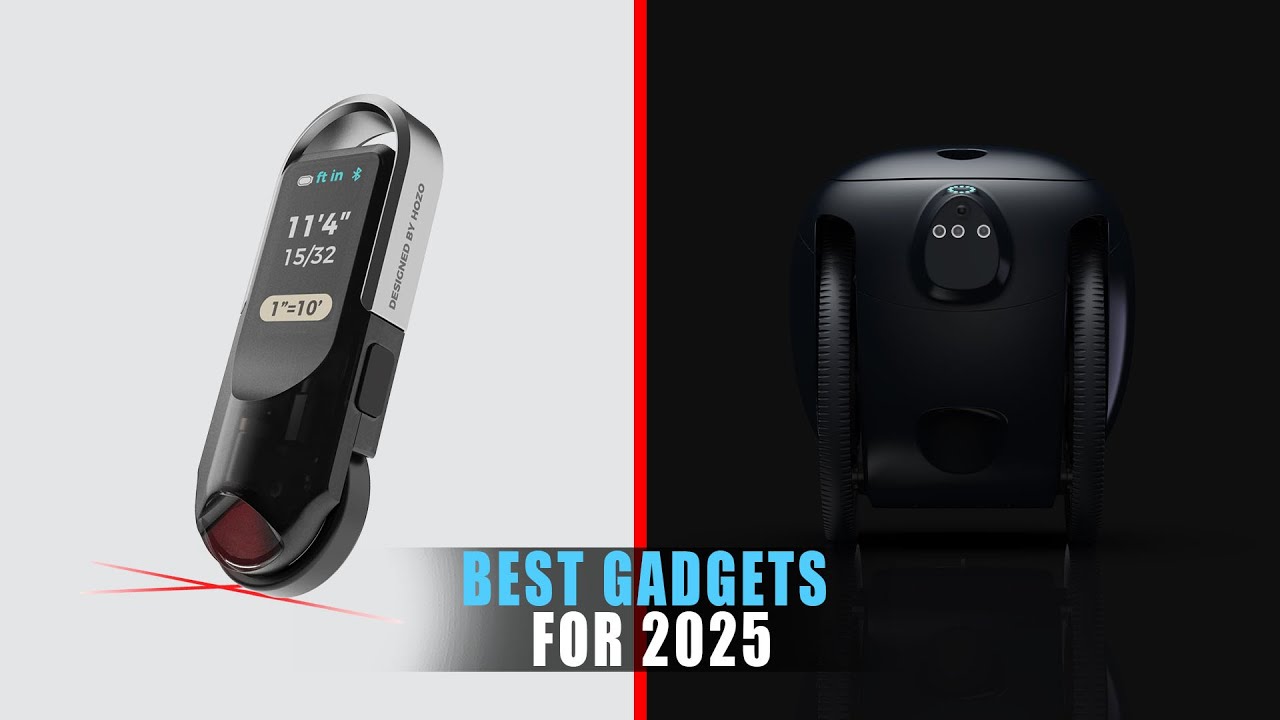
The Rise of Driveable Smartphones: How Operating Systems are Transforming Our Cars
We often think of operating systems as essential components of our smartphones and computers. However, we might be overlooking their profound impact on one of our most important possessions: our cars. From the earliest electronic control units (ECUs) developed in the 1970s to today’s intricately networked vehicles, the evolution of automobile technology reveals a fascinating journey into a future where our cars function like smartphones on wheels.
From ECUs to the CAN Bus System
The automotive landscape began to change dramatically as more comfort and safety features were packed into vehicles. The introduction of the Controller Area Network (CAN) bus system in the early 1990s represented a pivotal shift, allowing different control units within the car to communicate seamlessly. The Mercedes S-Class W140 famously became the first model to incorporate this technology. Today, even compact cars boast between 30 to 50 networked computers, while luxury vehicles can have as many as 100.
 The evolution of automotive technology over the decades
The evolution of automotive technology over the decades
According to Toralf Trautmann, a physicist and professor of automotive mechatronics at the University of Applied Sciences in Dresden, connecting these systems brings numerous advantages. He explains, “Additional features can be easily integrated, which allows a wide range of variants and possible combinations.” This flexibility has led manufacturers to create vehicles with increasingly sophisticated features, from automated parking to remote diagnostics.
The Rise of Digital Ecosystems
Today’s automakers are not just focused on hardware; their strategy increasingly revolves around digital ecosystems. Collaborations with tech companies have led to significant innovations. For instance, Volvo and Polestar were among the first to integrate Google’s Android Automotive software directly into their infotainment systems. This new wave of smart technology allows drivers to utilize services such as keyless entry, battery preheating, and navigation through familiar platforms like Google Maps.
The integration of advanced operating systems means that vehicles can now receive timely software updates much like smartphones, enhancing safety and driving experience over time. This evolution raises the question: are we ready to embrace cars that are, in essence, driveable smartphones?
Embracing the Change
As someone who heavily relies on technology in my daily life, I find the shift towards integrating advanced software in vehicles fascinating. Not too long ago, I found myself stuck in a downpour, frantically trying to navigate my way home using my phone. Imagine a world where my car could have automatically rerouted itself using real-time data from Google Maps, while I focused on driving.
The convenience of such a feature is palpable. Not only would it enhance safety, but it would also provide a level of comfort and efficiency that many of us crave in our fast-paced lives.
The Future of Automotive Innovation
Moving forward, we will see a convergence of various technologies beyond just software and operating systems. Features like AI-powered predictive maintenance could alert drivers when something might be wrong with the vehicle before it becomes a problem. Moreover, innovations like voice control and personalized AI companions could redefine our driving experiences.
 Imagining the future of car technology
Imagining the future of car technology
However, with these advancements come concerns over privacy and security. The more connected our cars become, the more susceptible they might be to cyber threats. As an individual who is often wary of sharing personal information, I can’t help but wonder about the implications of having my driving data collected and stored.
Conclusion
As we advance into this new era of automotive technology, the fusion of operating systems with car functionality stands as a testament to rapid innovation. It’s both exciting and daunting to think our cars might soon function like smartphones, intertwining our daily routines with a seamless digital experience.
As we adapt to these changes, I believe consumers should demand transparency and security from manufacturers so that we can enjoy the benefits without sacrificing our privacy. The future of our vehicles is promising, but it will require a careful balance between innovation and the protection of our personal information.
In conclusion, as our cars transform into sophisticated tech hubs on wheels, we must embrace the change while remaining vigilant about what comes next.













